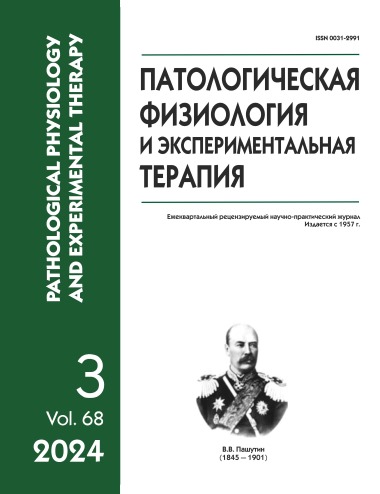The relationship of sperm DNA fragmentation and teratozoospermia in idiopathic infertility
Abstract
Infertility is a growing problem worldwide, with the male factor accounting for approximately half of all cases. Epidemiological studies have shown a significant decline in semen quality worldwide during recent decades. Thus, infertile men should undergo a detailed examination, the first step of which is a basic semen analysis. Teratozoospermia, defined as abnormal sperm morphology, is often associated with oligoasthenozoospermia. However, isolated teratozoospermia is an understudied clinical condition with unpredictable consequences in terms of the male fertility potential and the treatment strategy. Aim of the study: to evaluate the prevalence of isolated teratozoospermia and its relationship with sperm DNA fragmentation in a cohort of men with idiopathic infertility.
Methods. This retrospective study included men aged 20 to 50 years diagnosed with idiopathic infertility. The group of fertile donors consisted of 155 people, and the group of infertile men consisted of 264 people. Major characteristics of the ejaculate were studied and a morphological analysis of sperm was performed with assessment of the frequency of defects of the head, neck, flagellum, and excess residual cytoplasm. DNA fragmentation was assessed using the TUNEL (Terminal Deoxynucleotidyl-Transferase-Mediated dUTP Nick End Labeling Assay) method. To calculate the proportion of cells with damaged DNA, flow cytometry was performed on a Beckman Coulter Navios Flow Cytometer apparatus. Teratozoospermia index (TZI) was estimated with a bright light microscope (CX 31 Olympus Optical Co., Ltd., Japan).
Results. Isolated types of spermogram abnormalities, including oligo-, astheno- and teratozoospermia, were detected in 44.7% of patients with idiopathic infertility. A combination of two or more abnormal values was found in 42.8% of infertile men; in 12.5% of patients, the sperm parameters consisted with the reference values. Spearman correlation analysis and multivariate analysis of the CCI (Charlson Comorbidity Index) showed that in men with idiopathic infertility, the sperm DNA fragmentation rate was increased and was closely associated with isolated teratozoospermia taking into account the age and other risk factors (p<0.0365 and p<0.02, respectively).
Conclusion. Men with idiopathic infertility and isolated teratozoospermia have a higher frequency of sperm DNA fragmentation than patients with other isolated abnormalities or normal sperm parameters. These results can form the basis for a recommendation to study markers of oxidative stress intensity and sperm DNA quality in this category of patients in routine clinical practice.






